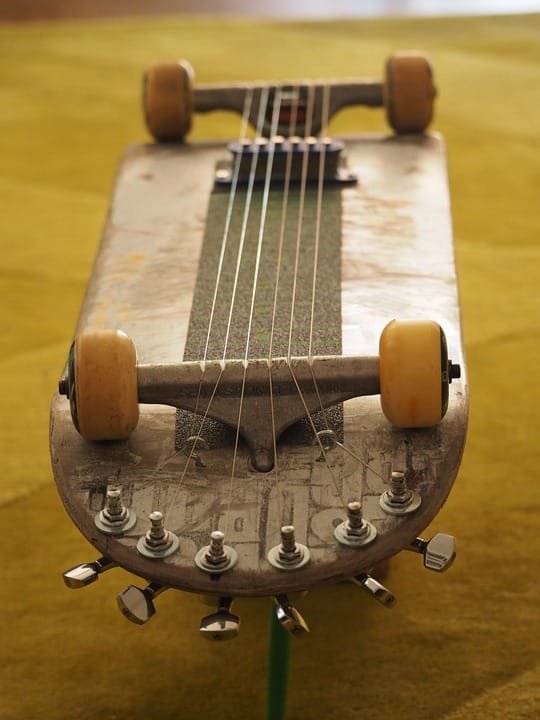The Thrifty Art of Upcycling Clothes: A Sustainable Fashion Journey
As I flipped through the latest fashion magazines, I couldn’t help but notice the sea of fast fashion sprawled across the pages. Row upon row of trendy outfits, each one promising to make me look and feel like a superstar. But the more I scrolled, the more I felt overwhelmed by the environmental and social impact of the industry. That’s when I decided to take the leap and join the sustainable fashion movement.
[H1] Sustainable Fashion: Why It MattersSustainable fashion is more than just a trendy buzzword; it’s a commitment to creating a more responsible and eco-friendly fashion industry. The statistics are staggering: the fashion industry generates over 12% of global greenhouse gas emissions, and produces over 30% of wastewater worldwide (EPA, 2020). Not to mention the staggering 12.8 million tons of textile waste sent to landfills each year in the United States alone (NRDC, 2020). It’s no wonder that I, along with many others, are rethinking our relationship with fashion.
[Image: "Fashion Waste" by Greenpeace, a visually striking image highlighting the amount of waste generated by the fashion industry]Upcycling Clothes: The Ultimate Thrift Game
As I began my journey into sustainable fashion, I discovered the joy of upcycling clothes. From transforming old jeans into trendy patches to turning t-shirts into reusable bags, the possibilities are endless. Upcycling not only reduces waste but also allows for creative expression and a sense of accomplishment. So, where do you start?
[Infographic: "10 Easy Upcycling Projects to Get You Started"]- Thrift Shopping: Scout out local thrift stores and charities for hidden gems. You’ll be surprised at the treasures you can find at a fraction of the cost of new clothes.
- Eco-Friendly Materials: Look for fabrics made from natural materials like bamboo, organic cotton, or recycled polyester.
- Slow Fashion: Prioritize quality over quantity. Invest in timeless pieces that won’t end up in landfills within a season.
- Upcycle: Get creative! Turn old clothes into new pieces, or find DIY tutorials online.
Meet the Sustainable Fashion Brands
You don’t have to sacrifice style for sustainability. Many brands are leading the way in eco-friendly fashion. Take Patagonia, for example, which uses environmentally-friendly materials and production methods. Or Everlane, which prioritizes transparency and sustainability. These brands, and many others like them, are proof that fashion can be both stylish and sustainable.
Tips for the Conscious Consumer
Ready to join the sustainable fashion movement? Here are some tips to get you started:
- Buy second-hand first: Before buying new, scour local thrift stores or online marketplaces for gently used items.
- Invest in quality: Choose timeless pieces over trendy ones. Quality over quantity, remember?
- Don’t forget maintenance: Take care of your clothes to extend their life. Read labels, follow care instructions, and repair instead of replace.
Conclusion: The Thrifty Art of Upcycling Clothes
As I reflect on my journey into sustainable fashion, I’m reminded of the power of small changes. By adopting a few simple swaps and embracing upcycling, we can significantly reduce our impact on the environment. It’s not about giving up fashion, but about creating a more conscious and responsible relationship with it.
Frequently Asked Questions:
Q: What’s the best way to get started with sustainable fashion?
A: Begin by researching eco-friendly brands and thrift shopping.
Q: Can I still follow fashion trends if I’m committing to sustainable fashion?
A: Absolutely! Many sustainable brands incorporate trendy pieces into their collections. Look for statement pieces that prioritize quality over quantity.
Q: How can I maintain my sustainable fashion wardrobe?
A: Keep your clothes looking their best by following care instructions, repairing instead of replacing, and storing them properly.
In conclusion, upcycling clothes is not just a thrifty art, but a sustainable way to live. By embracing a more conscious approach to fashion, we can make a significant impact on the environment and our personal style.








Leave a Reply